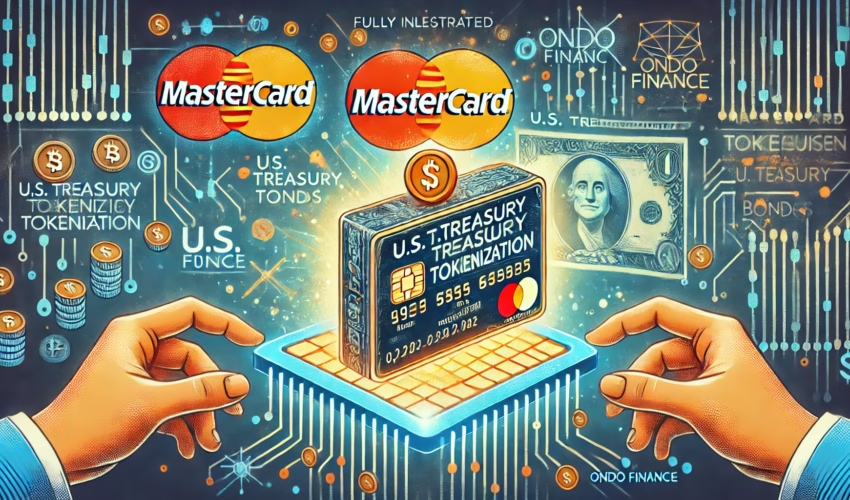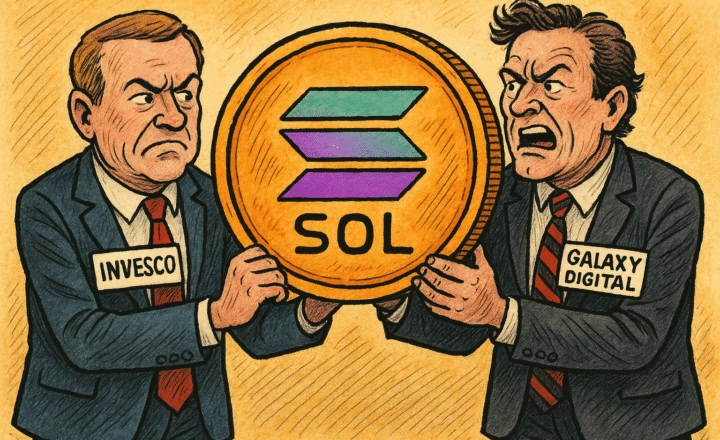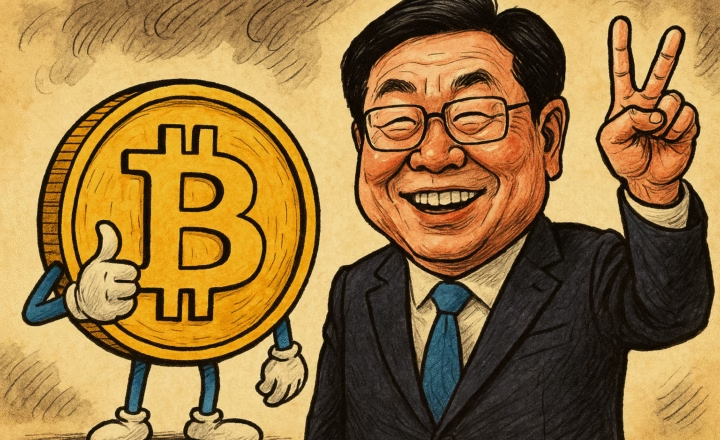Overview of Mastercard’s Blockchain Network
Mastercard has been developing its proprietary blockchain-based payment infrastructure known as the Multi-Token Network (MTN). MTN aims to facilitate seamless and efficient financial transactions by connecting banks, financial institutions, and enterprises. This network enhances cross-border payments and real-time transactions, addressing challenges such as time zone delays and lack of transparency in settlement processes. By integrating blockchain technology, Mastercard seeks to modernize the financial ecosystem and improve transaction efficiency.
Details of the Collaboration with Ondo Finance
In February 2025, Mastercard announced a partnership with Ondo Finance, a fintech company specializing in real-world asset (RWA) tokenization. This collaboration introduces U.S. Treasury-backed tokenized assets into the MTN, allowing participants to invest in on-chain Treasury tokens and earn daily interest. The first asset to be integrated is Ondo Short-Term U.S. Government Treasuries Fund (OUSG), which will serve as the inaugural tokenized asset available on MTN.
Through this initiative, corporations using MTN can access tokenized U.S. Treasuries without requiring dedicated crypto wallets or blockchain-native accounts. Instead, transactions will settle via traditional banking rails, ensuring a seamless hybrid system. According to Ian De Bode, Chief Strategy Officer of Ondo Finance, this initiative is a “groundbreaking effort that bridges private payment networks with on-chain assets, enabling global banking systems to operate 24/7.”
Mastercard has stated that this collaboration leverages its established payment infrastructure to provide enterprises with unprecedented flexibility and continuous market access.
Significance and Market Impact of Tokenized U.S. Treasuries
OUSG represents a major step in bridging traditional finance with blockchain technology. As a tokenized U.S. Treasury fund, OUSG provides similar benefits to traditional money market funds and bond ETFs, but with enhanced liquidity, lower investment minimums, and instant settlement capabilities. This feature is particularly attractive to institutions seeking efficient liquidity management and continuous access to yield-generating instruments.
Historically, investors in crypto markets relied on stablecoins as a store of value. However, stablecoins themselves do not generate interest, and the yield from underlying reserves (such as U.S. Treasuries) was retained by issuers. With the introduction of tokenized U.S. Treasuries, investors can now directly receive yield, offering a more efficient alternative to traditional stablecoins.
Moreover, this initiative is the first instance of tokenized U.S. Treasuries being directly integrated into a global payment network. Industry experts believe this move validates blockchain-based financial products in institutional finance, reducing the regulatory friction often associated with crypto investments. The asset management industry is already taking note, as major firms like BlackRock, Franklin Templeton, and WisdomTree explore tokenized fund offerings to enhance capital efficiency and investor accessibility.
Future Prospects and Mastercard’s Blockchain Strategy
Mastercard is expected to expand its blockchain strategy beyond U.S. Treasuries. Initially, MTN focused on stablecoin transactions and central bank digital currencies (CBDCs), but the integration of tokenized assets significantly broadens its scope.
Ondo Finance, for its part, is positioning itself as a leading provider of tokenized traditional assets, having surpassed $600 million in tokenized Treasury assets under management. The firm is also expanding into tokenized equities, bonds, and ETFs, further advancing the tokenization of financial markets.
The hybrid financial model, combining traditional banking infrastructure with blockchain assets, is gaining traction among institutional players. Mastercard’s Raj Dhamodharan, Head of Blockchain and Digital Assets, emphasized that this development “opens new doors in the evolving digital asset ecosystem,” reinforcing Mastercard’s commitment to integrating blockchain technology into its global payment networks.
Industry Reactions and Regulatory Considerations
Financial experts view this initiative as a pivotal moment in merging traditional financial markets with blockchain technology. Mastercard’s adoption of RWA tokens signifies growing institutional trust in tokenization as a legitimate financial tool.
However, regulatory challenges remain. While OUSG is structured to comply with U.S. financial laws, it is currently available only to qualified institutional investors. This restriction ensures compliance with securities regulations but limits retail investor participation. Despite these limitations, analysts suggest that Mastercard’s success could pave the way for broader regulatory clarity and increased institutional adoption of tokenized assets.
Market participants see this as a precursor to broader adoption of blockchain-based financial products, with other payment networks and banks expected to follow Mastercard’s lead. Competitors like Visa have already begun exploring stablecoin payment solutions and blockchain-based transaction settlements, highlighting an industry-wide shift towards on-chain financial services.
Official Sources
This article is based on official announcements from Mastercard (February 26, 2025) and Ondo Finance regarding the integration of U.S. Treasury tokens into the Mastercard Multi-Token Network.










